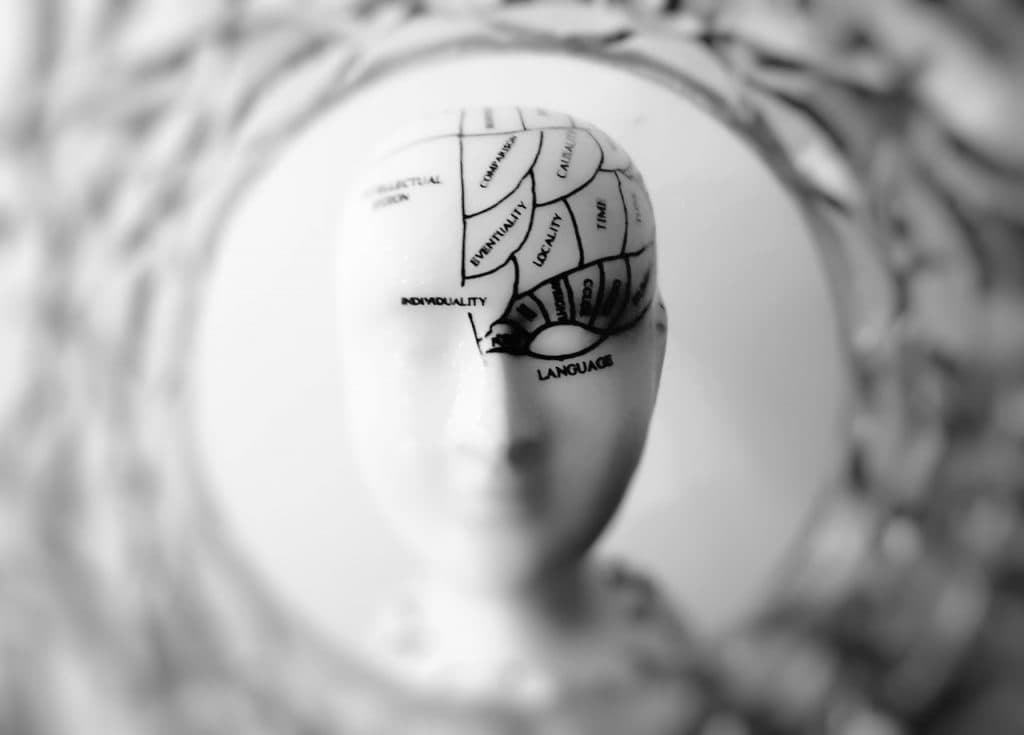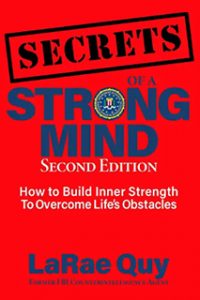To embrace risk means to move into a situation that involves exposure to danger. In the case of an FBI investigation, it could mean a drawn weapon. For entrepreneurs, it could mean how to challenge the competition or start a new business. For family members, it could mean how to tell Uncle Herbert that his racist rants are not welcome.
Like many others, I tend to fear what I don’t understand. I have never liked to take risks and I bet most of you don’t either. But the reality is this: if we want to break out of the pack, we’ve got to make ourselves visible, and visibility and risk often go hand-in-hand.
Our ability to achieve goals is related to how we embrace risk in the sticky areas of our life, not just the easy ones. When we engage in any action where the outcome is unknown, we take a risk but we become smarter at it when we learn how to analyze and assess the situation. We learn at an early age that some risks are worth it, while others are not. The more competent and capable we are at making those distinctions, the more successful we will become.
Intelligent risk-taking is important as we start a new business but equally important as we grow our network of contacts or confront family members with offensive behavior. Our ability to make our own luck is closely woven into our ability to be smart about the way we embrace risk, no matter the situation.
We not only need to be smart about the way in which we embrace risk, but we also need to be smart about doing it in a way that is both productive and efficient.
Here are 3 ways smart people embrace risk:
1. Listen To Gut Feelings
Research at the Brain and Creativity Institute has shown that gut-thinking is a good idea because there is a relationship between emotions, rational thinking, and our physical body. The body plays a crucial role in all forms of decision-making because, while our minds and feelings can wander to the past or the future, our body can only exist here and now, in the present moment. Once we listen to our bodies, the emotional rumors that whip around in our heads can be identified and called out for what they are. This allows the mind to calm down and start doing its job—thinking on a rational level.
When we’ve whipped our emotions and thoughts into submission, we can more accurately process them in the form of intuitions, hunches, and gut feelings. For example, your brain can predict an outcome based on your perceptions (outside information) and your emotions (inside information). This combination of information results in a physical sensation—a gut feeling.
Your thinking brain will never win out against the small but powerful emotional brain, so the quicker you can get in touch with your emotions, the quicker you make your decisions. A good rule of thumb is not to just remember facts about past situations and their subsequent outcome—but also recall how you felt at the time.
How To Make It Work For You: You will never develop and trust your gut feelings, hunches, and intuition until you can associate 1) facts about past situations with 2) the feelings you also experienced at the time. Threading the two together can give you invaluable insight but it takes hard work. It’s not too late to start. Take notes on events throughout your day and then reflect on the emotions you experienced. What was the correlation?
2. Get The Two Brains Talking To One Another

Until recently, the brain was regarded as an immutable organ that did not change after early childhood. Researchers Mike Merzenich and Norman Doidge have demonstrated that the brain has the ability to reorganize itself by forming new neural connections—and this continues throughout life.
To develop a strong mind, we need to rewire it. This is about the time you need to have a chat with your thinking brain because it loves to fight with your emotional brain. The emotional one is responsible for your impulses and all those feelings that get in the thinking brain’s way when it needs to make decisions. The thinking brain considers the emotional brain to be a pain in the ass and it has no time for something as touchy-feely as empathy.
This is where you need to be firm with your thinking brain, however, because it needs to understand what’s going on in the emotional brain. As inconvenient as this may seem, it’s important to understand that the emotional brain won’t respond with words, only feelings. So hey, until the thinking brain realizes that logic, numbers, and spreadsheets won’t impress the emotional brain, the two will never agree on anything. When we face adversity and obstacles, it’s vital for the two parts of our brain to work together so the best decisions can be made.
We can train our brain to change its response to new situations and changes in our environment. When we embrace risk, we need mental toughness to remind us that we no longer need to revert to the same negative feelings that we once felt.
Are you mentally tough? Take this FREE assessment.
How To Make It Work For You: This research reminds us we are no longer captive to the way we once thought about risk. Remember that our memories, behaviors, responses, and habits are not our destiny. We have more control over the way our brain thinks than we once believed.
3. Change The Way Your Brain Looks At Risk
Since we now know that the brain constantly seeks stimulation and rewards, it’s easier to understand how our fear of risk and avoidance of failure impacts what captures our attention. A continuous molding of the brain is essential if we learn how to take a smarter risk. As with any skill, the more you practice and do it, the more natural it becomes.
Smart risk-taking can become a habit, like anything else. The simple practice of noticing where our attention is and bringing it back to where we want it to be plays a vital role in rewiring the way our brain looks at risk and uncertainty.
How To Make It Work For You: Intentionally notice where your attention is at any given moment. Follow these 3 steps:
- What happens in your body at that same moment? Do you feel calm or a sense of panic?
- What is it about where your attention is focused that makes you feel this way? Is it a thought from your past that plays in your head like a broken record? Or, is it exactly where you want to be?
- What do you need to do to shift your attention in a different direction?
Repeat the three steps above and you will begin to develop the habits necessary to take small, smart risks. Once we identify habits that add value to our decision-making process, we can take a closer look at the ones we struggle with that are holding us back from having the life we want.
© 2020 LaRae Quy. All rights reserved.
You can follow me on Twitter, Facebook, Instagram, AND LinkedIn
Are you mentally tough? Here is my FREE Mental Toughness Assessment
Check out my new online training program at www.SecretsOfAStrongMind.com
Get my new book, “Secrets of a Strong Mind (second edition): How To Build Inner Strength To Overcome Life’s Obstacles”

Author of “Mental Toughness for Women Leaders: 52 Tips To Recognize and Utilize Your Greatest Strengths”

Photo by Skitterphoto from Pexels


Great post LaRae! I love the idea of forming new habits in order to develop better ways to face risk. I would also add that by reminding ourselves how we have been successful in risk-taking situations we can empower ourselves to feel less fear when taking risks.
I know so many people who shut down when they face risk. If it’s not certain, they hide and miss out on any potential upside. I appreciate the reminder that we don’t have to be captive to our thoughts on risk. When we realize that we can take control of thoughts and actions, things start to change.
Alli